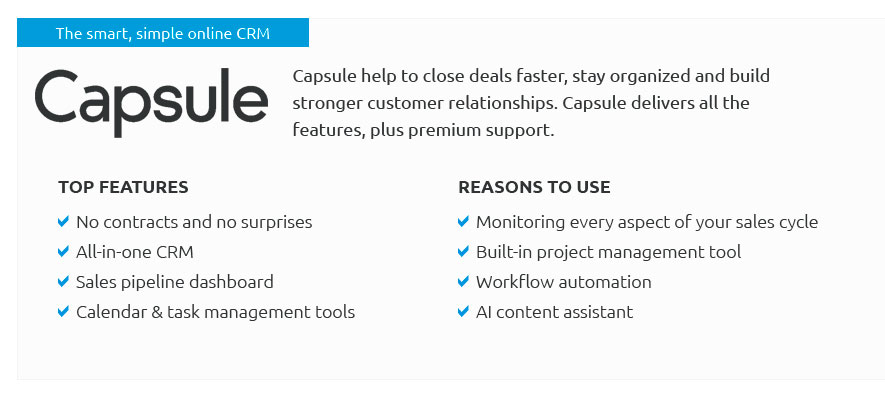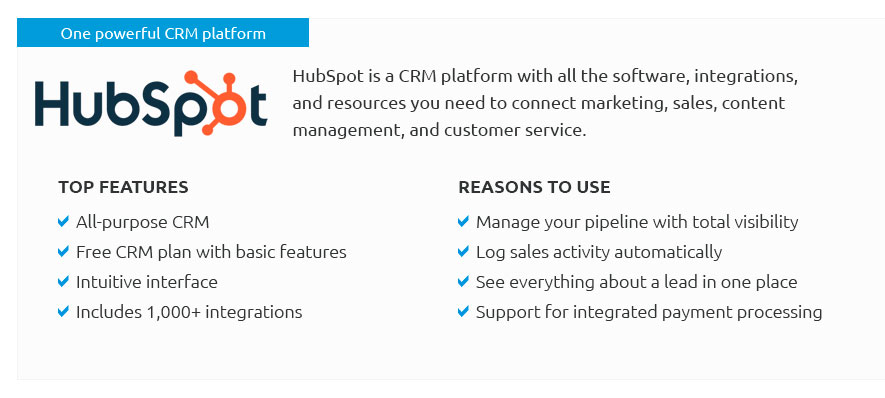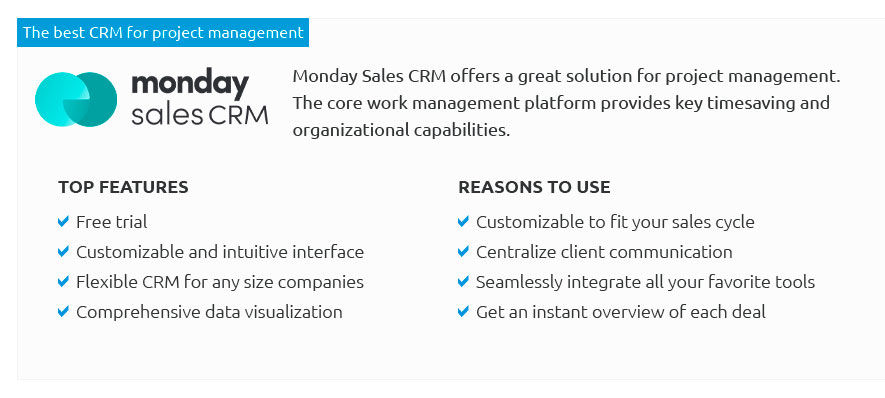 |
 |
 |
 |
 |
 |
|
 |
|
 |
|
 |
|
 |
|
 |
|
 |
 |
Exploring the Essential Role of Project Planning Charts in Modern ManagementIn the multifaceted realm of project management, the importance of project planning charts cannot be overstated. These visual tools, often regarded as the backbone of effective project oversight, serve to streamline complex processes, offering clarity and direction in otherwise convoluted scenarios. Among the myriad of charts available, each with its unique strengths, project managers must navigate their options wisely to select the most appropriate tool for their specific needs. At the forefront, we find the Gantt chart, a staple in project management due to its intuitive layout and comprehensive nature. Originating from the early 20th century, it remains a powerful tool for illustrating project timelines and task dependencies. Its ability to depict the start and end dates of individual tasks makes it indispensable for scheduling, allowing teams to visualize the project's trajectory and anticipate potential bottlenecks. However, while the Gantt chart is excellent for linear projects, its application can be challenging in highly dynamic or iterative environments. Conversely, the PERT chart (Program Evaluation Review Technique) is often employed in projects where time is of the essence. This chart excels in delineating the sequence of tasks, emphasizing the critical path-the longest stretch of dependent activities that dictate the project's overall duration. The PERT chart's focus on task duration and the probabilistic approach to time estimation provide a nuanced perspective that can be particularly beneficial in research and development projects, where uncertainty is a given. In settings where team collaboration and communication are paramount, Kanban boards have gained significant traction. Originating from lean manufacturing, Kanban boards offer a flexible approach to project management, allowing for real-time workflow visualization. Tasks move across columns representing different stages of progress, fostering transparency and collective accountability. The Kanban methodology encourages continuous improvement and adaptability, making it an ideal choice for agile teams who value iterative progress and quick pivots in strategy. Another valuable tool in the project manager's arsenal is the Work Breakdown Structure (WBS). This hierarchical chart breaks down projects into smaller, manageable components, ensuring that each element of the project is accounted for. The WBS facilitates resource allocation and task assignment, providing a comprehensive overview that aids in both planning and execution. By subdividing projects into smaller parts, it reduces complexity and enhances focus, although it requires meticulous detail orientation from the onset.
Ultimately, the effective use of project planning charts can significantly enhance a team's ability to manage tasks efficiently and meet deadlines. While each chart serves a different purpose, they all contribute to a shared goal: bringing projects to successful completion. In a world where time is money and efficiency is paramount, the strategic application of these tools can make all the difference in navigating the complexities of modern project management. Thus, understanding and wisely choosing the appropriate project planning chart is not merely a technical decision but a strategic one that can define the trajectory of project success. https://www.projectmanager.com/guides/gantt-chart
A Gantt chart is a project management chart that allows project managers to create a project schedule. It shows the order in which project tasks will be ... https://asana.com/resources/project-charts
From Gantt charts to bar charts, view the top 20 project management charts and find out how they can help you become a better project manager. https://www.atlassian.com/agile/project-management/gantt-chart
A Gantt chart is a visual bar chart used to plan and track a project's progress. It acts as a timeline that shows the list of tasks involved, their start and ...
|